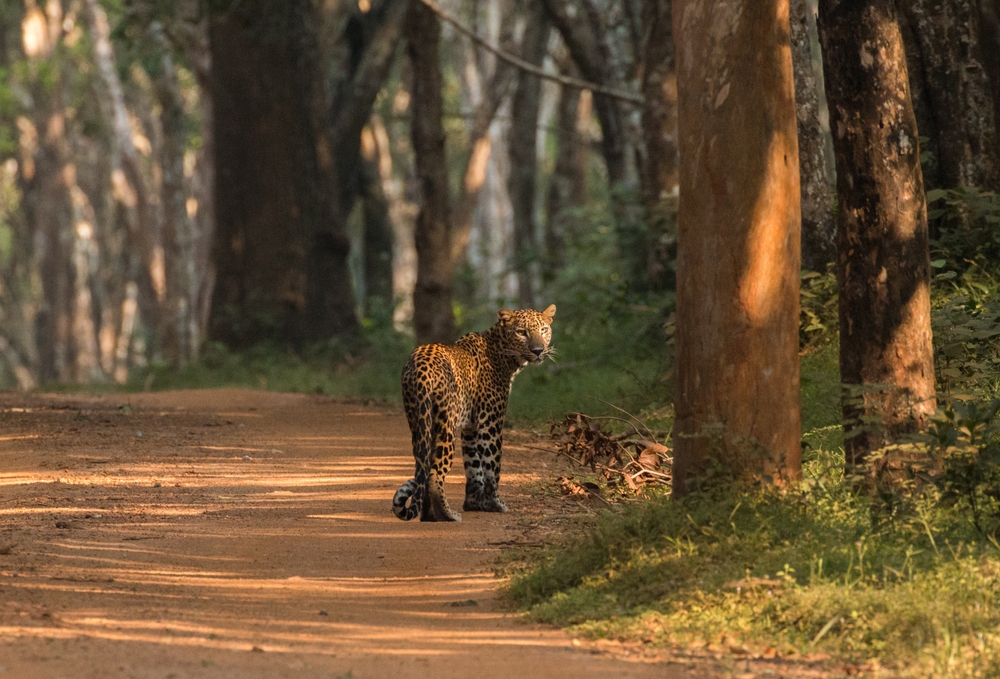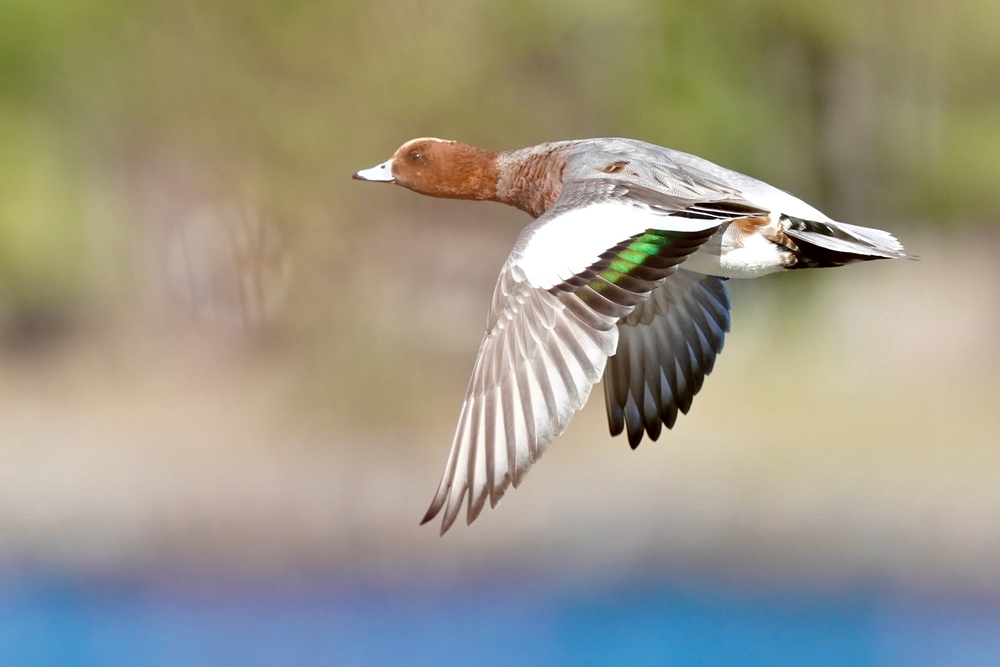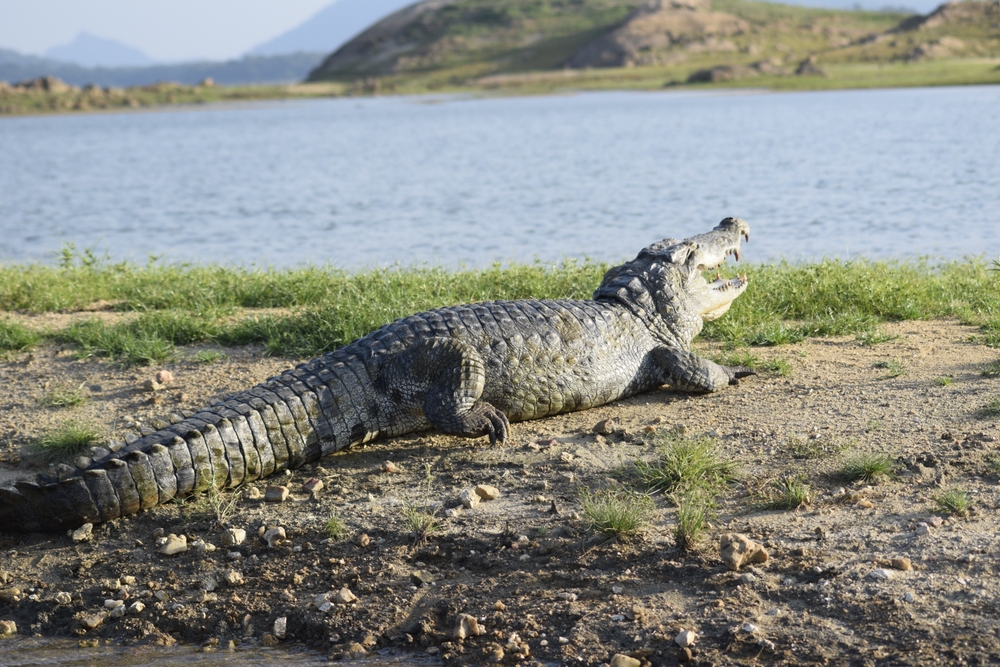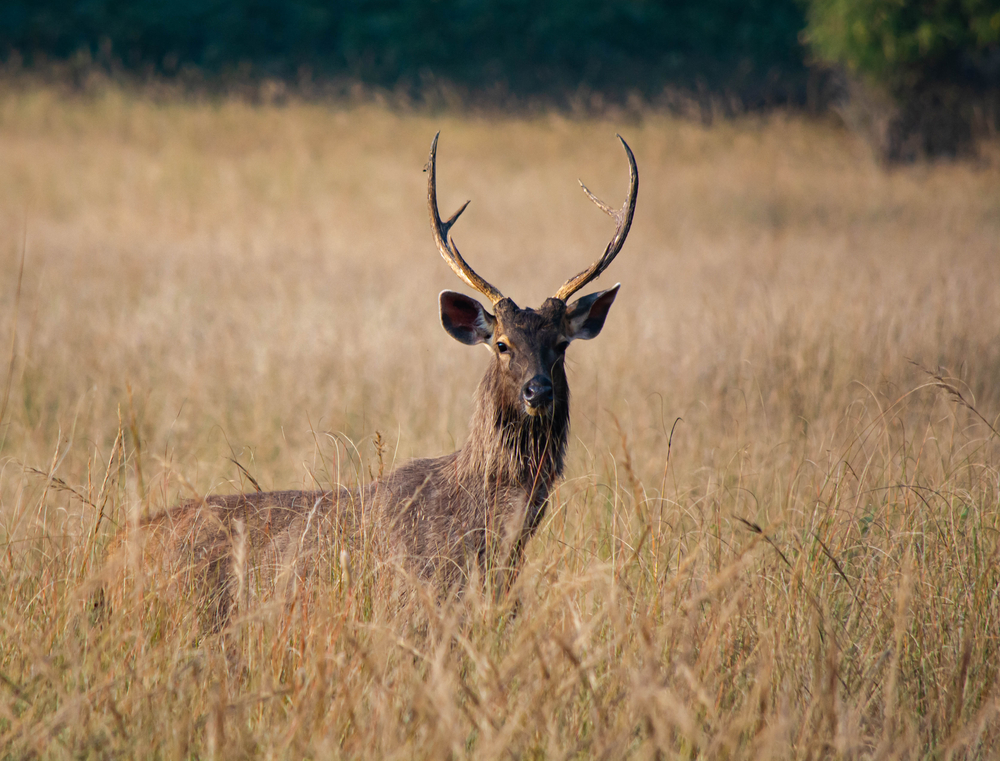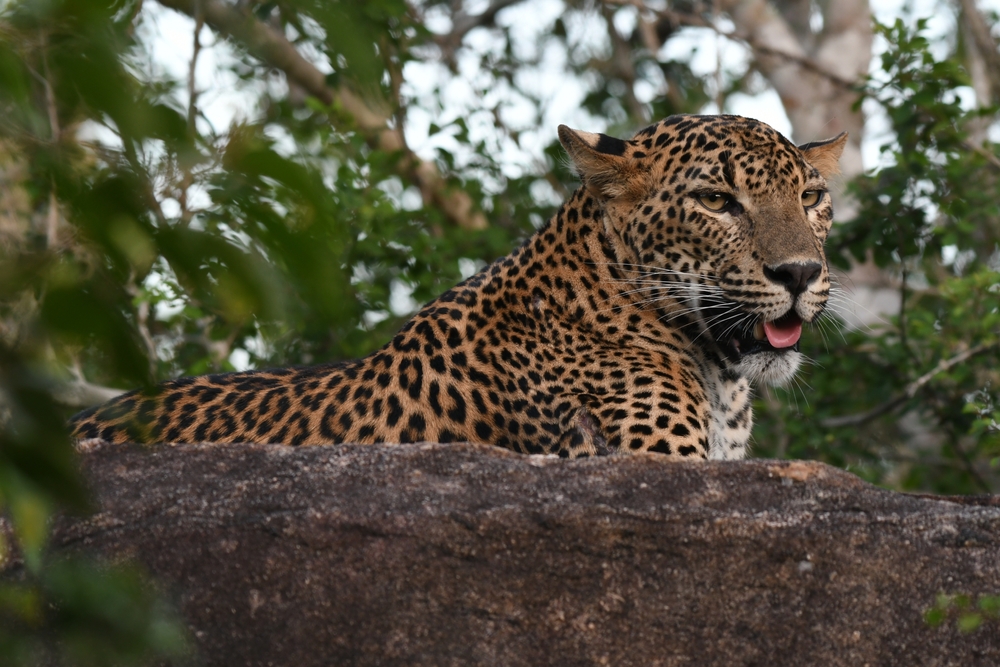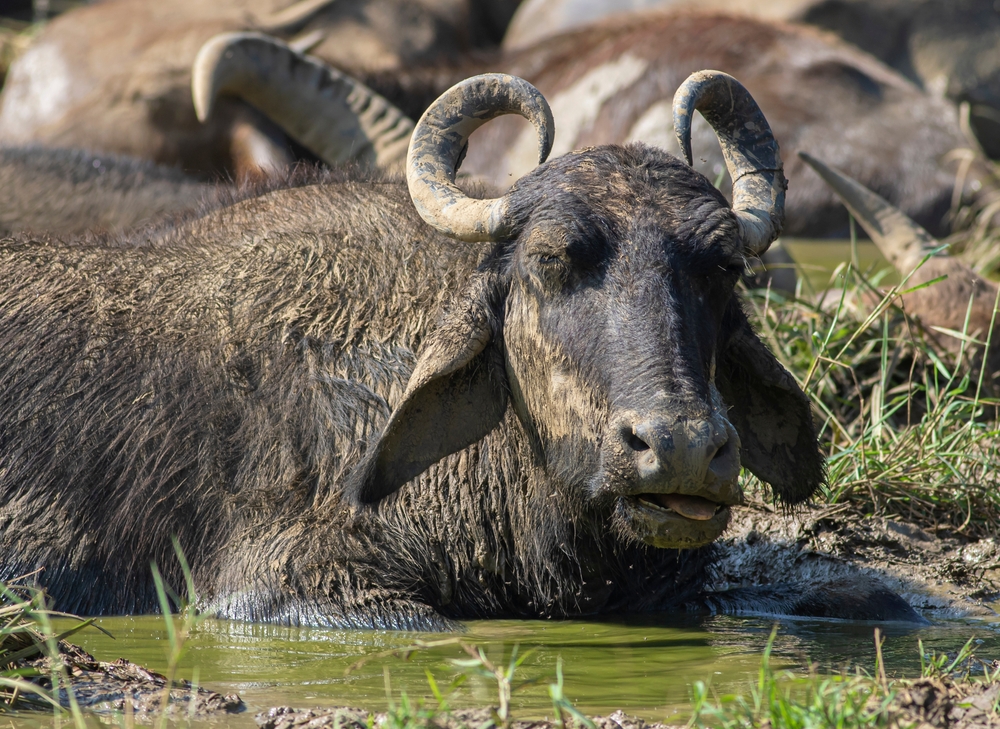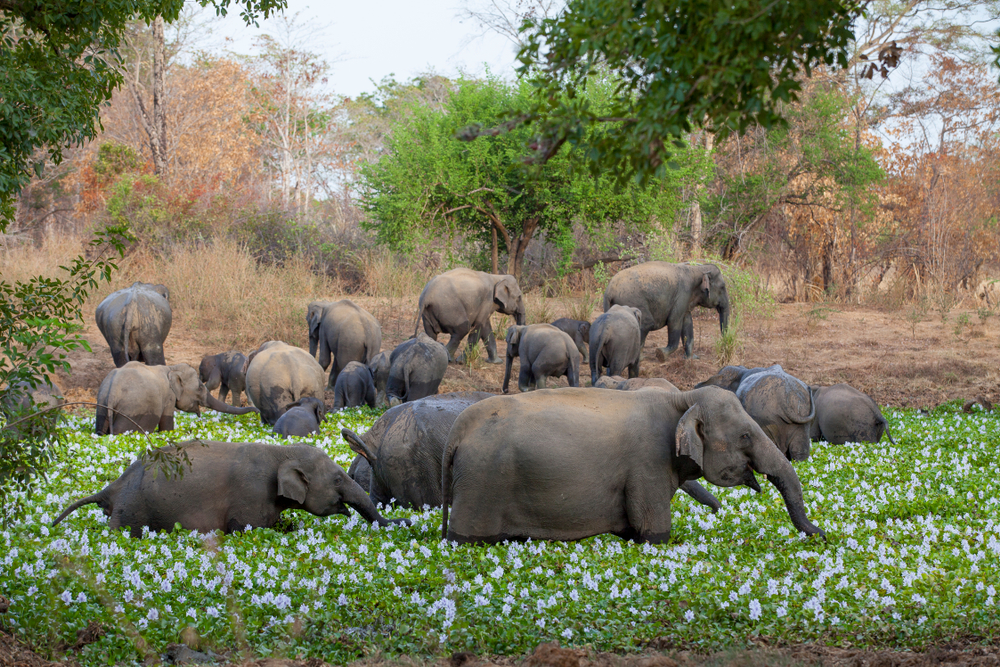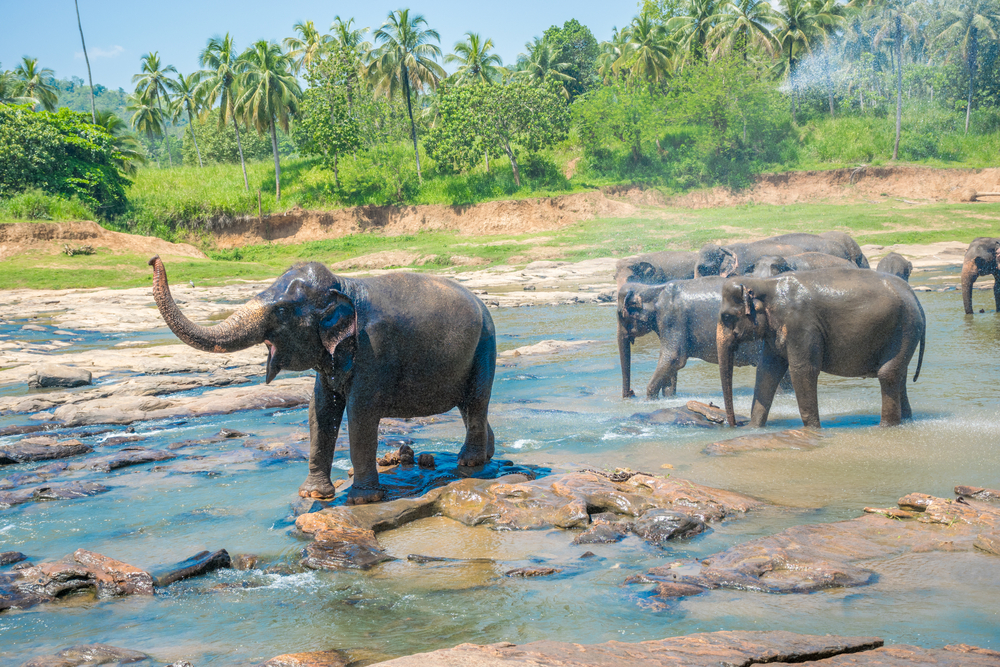Wilpattu Overview
Wilpattu National Park, known locally as “Wilpattu” in Sinhala and Tamil, is a vast expanse of wilderness located in the North Western and North Central Provinces of Sri Lanka. Spanning approximately 508 square miles (1,317 square kilometers), this park is one of the largest and oldest national parks in Sri Lanka. Its name, derived from the Sinhala words “Willu” (natural lakes) and “Pattu” (region or area), pays homage to the park’s unique landscape, which features nearly 60 natural lakes or “villus” that define its character.
The terrain of Wilpattu is marked by a captivating mix of dense forests, open scrublands, and grassy plains, interspersed with its distinctive villus. These shallow, rain-fed lakes are surrounded by thick vegetation and serve as crucial water sources for wildlife, especially during the dry season. The park’s landscape also includes sandy paths, low hills, and coastal stretches, as it extends to the shores of the Indian Ocean. Vegetation here is predominantly dry-zone tropical forest, with a rich mix of trees such as palu (Manilkara hexandra), satinwood (Chloroxylon swietenia), and weera (Drypetes sepiaria), complemented by an undergrowth of shrubs and grasses.
Wilpattu National Park is a haven for wildlife enthusiasts, offering sightings of some of Sri Lanka’s most iconic species. The elusive Sri Lankan leopard, a subspecies endemic to the island, is one of the park’s highlights. Additionally, elephants, sloth bears, spotted deer, and water buffalo roam freely within its boundaries. The park is also a paradise for birdwatchers, hosting a variety of species such as painted storks, Asian openbills, crested serpent eagles, and the vibrant Sri Lankan junglefowl, which is the country’s national bird. Reptiles, including mugger crocodiles and star tortoises, are also commonly encountered.
Visitors are drawn to Wilpattu for its unspoiled beauty and the tranquility that accompanies its relative seclusion. The villus themselves are among the park’s most popular features, offering a chance to observe animals gathering around these water bodies. Jeep safaris are the leading way to explore the park, with knowledgeable guides enhancing the experience by sharing insights into the wildlife and terrain. Photography, birdwatching, and quiet appreciation of nature are common activities among visitors.
Wilpattu National Park has faced conservation challenges, particularly due to its closure during Sri Lanka’s civil conflict, which lasted nearly three decades. This period, however, allowed the ecosystem to recover to some extent. Post-conflict, the park reopened and is now managed with a focus on sustainable tourism and habitat preservation. Challenges such as illegal poaching and deforestation remain, but ongoing efforts by the Department of Wildlife Conservation and local communities have achieved notable successes in restoring wildlife populations and maintaining the park’s ecological integrity.








































































